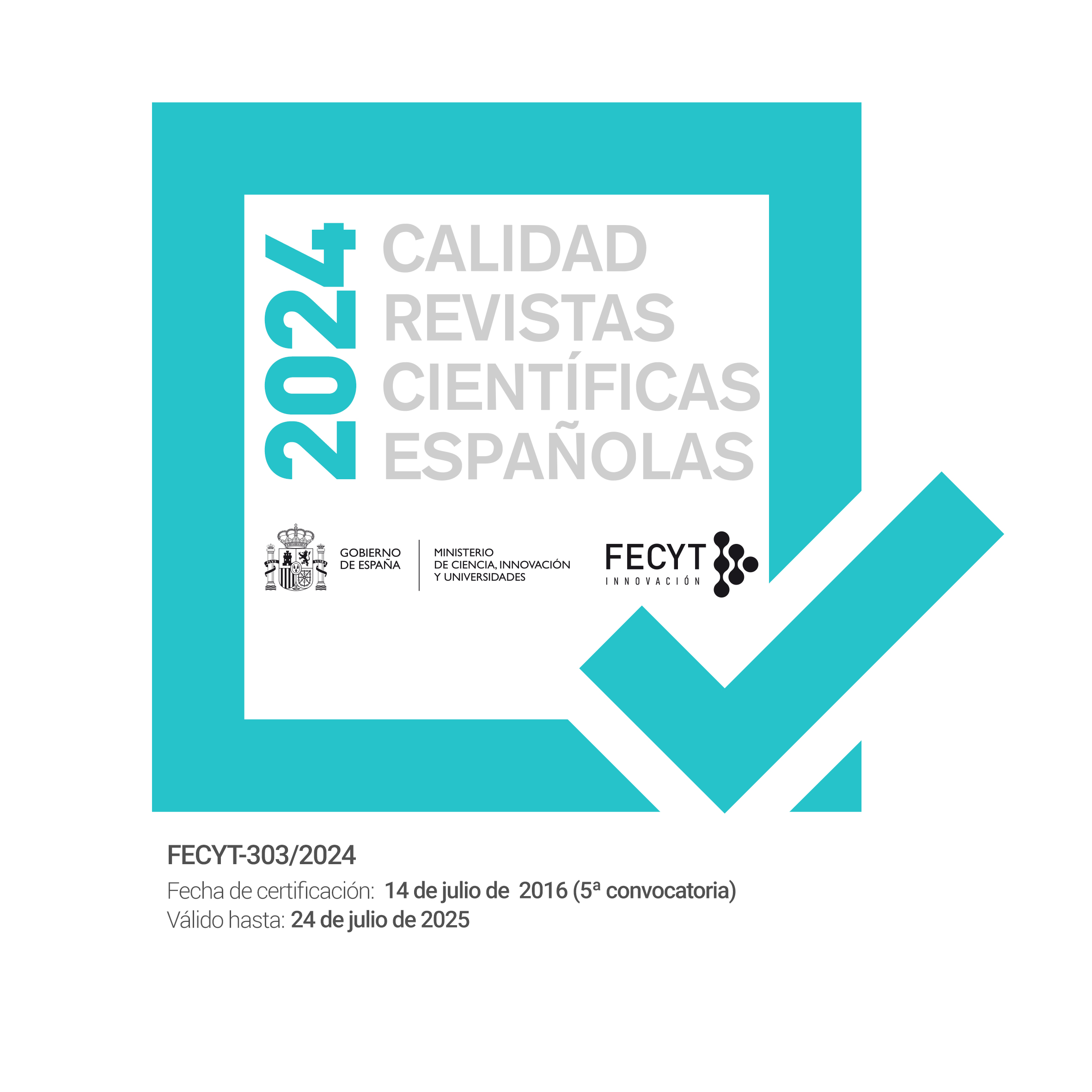Building a Liberal Arts Tradition in India
DOI:
https://doi.org/10.5944/reec.39.2021.30042Keywords:
liberal arts, India, higher education, educational innovation, Indigenous Education, AfricaAbstract
Postcolonial nations often struggle with the legacy of higher education systems built by and for the benefit of former colonizers. In India, several visionaries have endeavored to design new approaches to higher education that are suitable to India’s unique context while taking inspiration from the US liberal arts college model. Interest in the liberal arts has grown - in an interconnected world, where a broader scope of understanding is required to craft solutions to societal challenges, young Indians are seeking an alternative to the specialized university model that has dominated the Indian higher education landscape since colonial times. This paper explores the practice of the liberal arts in India through three questions: How does the liberal arts approach fit within the Indian context? How have Indian universities built their own liberal arts tradition? What tensions do these universities navigate? I collected data through a document analysis and interviews with founders, faculty, students, and alumni at three new liberal arts universities in India. While communicating the practical value of the liberal arts to a largely unfamiliar population, the universities built their own liberal arts tradition to help students appreciate, analyze, and develop a commitment to improving the Indian context. At the same time, universities faced numerous tensions: responding to pressures to produce highly employable graduates while remaining true to their institutional ideals, balancing wisdom from both the western liberal arts model and indigenous Indian traditions, and fostering greater inclusion while maintaining financial sustainability. The study’s findings contribute to the field of higher education in India and other postcolonial countries seeking to create new culturally relevant education traditions.Downloads
References
Altbach, P. G. (2016). The Many Traditions of Liberal Arts—And Their Global Relevance.
International Higher Education, 84, 21–23.
Association of American Colleges & Universities. (2014, April 18). What Is Liberal Education? Association of American Colleges & Universities. https://www.aacu.org/leap/what-is-liberal-education
Association of American Colleges & Universities. (2020, April 30). Essential Learning Outcomes.. https://www.aacu.org/essential-learning-outcomes
Azim Premji University. (2014). Origin and Purpose. http://azimpremjiuniversity.edu.in:80/SitePages/origin-and-purpose.aspx
Azim Premji University. (2020a). Educational Philosophy. http://azimpremjiuniversity.edu.in:80/SitePages/educational-philosophy.aspx
Azim Premji University. (2020b). Vision and Mission. Retrieved October 8, 2020, from http://azimpremjiuniversity.edu.in:80/SitePages/vision-mission.aspx
Batra, P. (2020). Re-imagining curriculum in India: Charting a path beyond the pandemic. PROSPECTS. https://doi.org/10.1007/s11125-020-09518-6
Breneman, D. W. (1990). Are We Losing Our Liberal Arts Colleges?. AAHE
Bulletin, 43(2), 3–6.
Chai, W. Y. (2016). Adapting the Western Model of Liberal Arts Education in China: The Cases of Fudan University and Lingnan University. In I. Jung, M.
Nishimura, & T. Sasao (Eds.), Liberal Arts Education and Colleges in East Asia: Possibilities and Challenges in the Global Age (pp. 75–86). Springer. https://doi.org/10.1007/978-981-10-0513-8_7
Cohn, S. (2019, December 3). The other college debt crisis: Schools are going broke. CNBC. https://www.cnbc.com/2019/12/03/the-other-college-debt-crisis-schools-are-going-broke.html
Goyal, M. (2014, May 11). Ashoka University: India’s answer to the Ivy League, promises ‘world-class’ liberal arts education—The Economic Times. The Economic Times. https://economictimes.indiatimes.com/industry/services/education/ashoka-university-indias-answer-to-the-ivy-league-promises-world-class-liberal-arts-education/articleshow/34936735.cms
Gupta, U. D. (2002). In Pursuit of a Different Freedom: Tagore’s world university at Santiniketan. India International Centre Quarterly, 29(3/4), 25–38.
Ikeda, D. (1992). Gandhism Speech at National Museum, New Delhi.
https://www.daisakuikeda.org/sub/resources/works/lect/lect-03.html
Kazmin, A. (2018, March 8). Ashoka University: Ivy League, Indian-style. Financial Times. https://www.ft.com/content/b8fabc8c-1559-11e8-9c33-02f893d608c2
Krishnamurti, J. (1953). Education and the Significance of Life. HarperCollins.
Mohanty, S. B. (2019). Theory and practice of integral education. UNIVERSITY NEWS, 57(33), 11–16.
Mukherjee, B. (2020, January 14). Liberal Arts Studies at Ashoka University – Q & A With Saikat Majumdar, Professor of English and Creative Writing,
Ashoka University. https://www.stoodnt.com/blog/liberal-arts-studies-ashoka-university/
Nanda, P. K. (2020, September 2). Only 2 Indian varsities among the world’s top 400: THE World University Rankings. Mint. https://www.livemint.com/education/news/only-2-indian-varsities-among-the-world-s-top-400-the-world-university-rankings-11599048715517.html
Nandrajog, S. (2016, September 27). Student Life In Ashoka University: It Feels Like A Second Home. Youth Ki Awaaz. https://www.youthkiawaaz.com/2016/09/life-in-ashoka-university/
Nishimura, M. (2016). Liberal Arts for a New Japan: The Case of the International Christian University. In I. Jung, M. Nishimura, & T. Sasao (Eds.), Liberal Arts Education and Colleges in East Asia: Possibilities and Challenges in the Global Age (pp. 51–62). Springer. https://doi.org/10.1007/978-981-10-0513-8_5
Rao, S. (2020, June 25). Ashoka University - Of the elite, for the elite, by the elite. The
ArmChair Journal. https://armchairjournal.com/ashoka-university-of-the-elite-for-the-elite-by-the-elite/
Sra, G. (2015, March 26). India’s New Ivy League. Open The Magazine. https://openthemagazine.com/features/india/indias-new-ivy-league/
Sykes, M. (1988). The story of Nai Talim.
Symbiosis International University. (2020). Symbiosis International (Deemed University) | India’s Leading University for Undergraduate and Post Graduate Programs | Indian Universities. https://siu.edu.in/symbiosis-international-university.php
Tagore, R. (1924). The parrot’s training.
Thompson, M., & Jung, I. (2016). Making the Global Local: Twenty Years at Miyazaki International College, Japan. In I. Jung, M. Nishimura, & T. Sasao (Eds.), Liberal Arts Education and Colleges in East Asia: Possibilities and Challenges in the Global Age (pp. 63–73). Springer. https://doi.org/10.1007/978-981-10-0513-8_6
World Bank. (2017). Higher Education for Development: An Evaluation of the World Bank Group’s Support.
Yang, R. (2016). The East-West Axis? Liberal Arts Education in East Asian Universities. In I. Jung, M. Nishimura, & T. Sasao (Eds.), Liberal Arts Education and Colleges in East Asia: Possibilities and Challenges in the Global Age (pp. 27–37). Springer. https://doi.org/10.1007/978-981-10-0513-8_3
Downloads
Published
How to Cite
Issue
Section
License
Copyright (c) 2021 Revista Española de Educación Comparada

This work is licensed under a Creative Commons Attribution-NonCommercial 4.0 International License.

Acknowledgement – Non Commercial (by-nc): Generation of derivated Works is allowed as long as a commercial use is not developed. The original work cannot be used with commercial aims.
This journal does not apply any fee to the authors by the filing or processing of articles.












